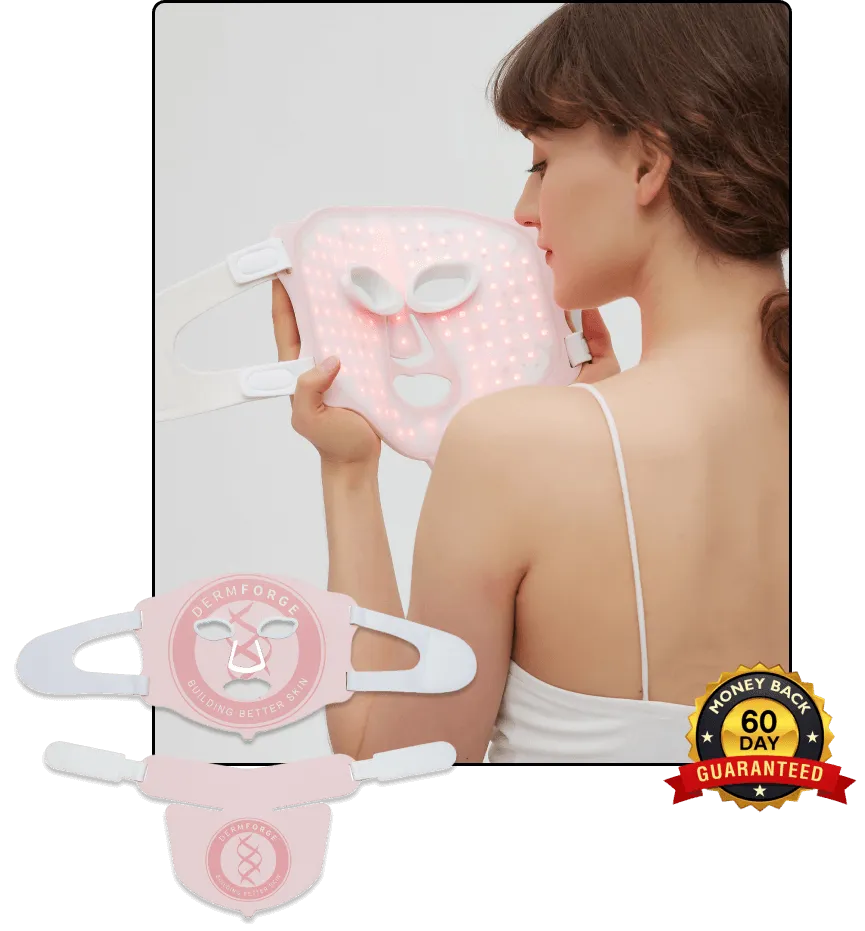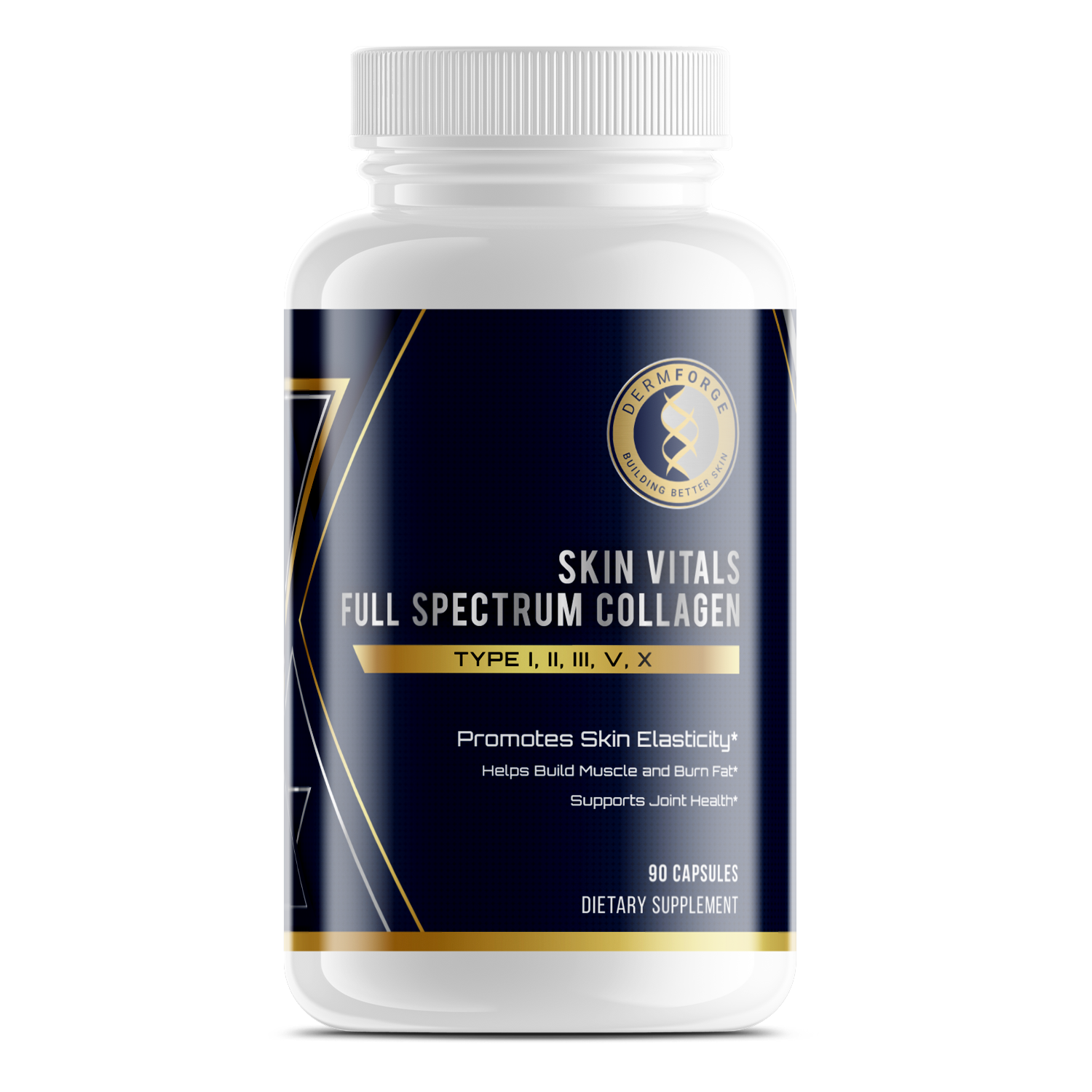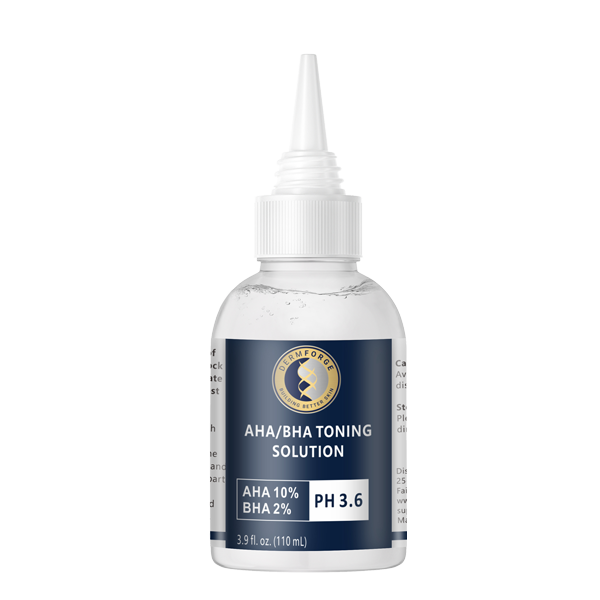Retinol face cream has gained popularity for its ability to improve skin texture and reduce signs of aging. Many people use it to minimize fine lines, wrinkles, and dark spots. However, understanding how retinol face cream works can help you get the best results while avoiding irritation.
Retinol speeds up skin cell turnover, helping fresh cells replace old ones more quickly. This process improves skin tone and promotes a smoother appearance. However, your skin may take time to adjust, especially if you have dryness or sensitivity. Starting with a lower concentration can reduce irritation and make the transition easier.
Additionally, your skin type affects how retinol interacts with your complexion. While oily skin may tolerate retinol well, dry skin often requires extra hydration. Pairing retinol with a gentle moisturizer can help maintain balance and prevent flaking. Using sunscreen daily is also essential since retinol increases sensitivity to sunlight.
Choosing the right retinol face cream depends on your goals and skin concerns. Some formulas include additional ingredients like hyaluronic acid for hydration or niacinamide to soothe irritation. Applying retinol correctly and consistently can maximize its benefits while minimizing side effects. With patience and the right approach, you can achieve healthier-looking skin over time.
What is Retinol and How Does It Work?
Retinol, a derivative of vitamin A, plays a significant role in skincare. Its chemical structure, C₂₀H₃₀O, allows it to penetrate the skin effectively. Once applied, retinol converts into retinoic acid within your skin cells. This conversion is essential for its effectiveness.
Upon entering the skin, retinol binds to specific receptors in your skin cells. This binding promotes increased cell turnover, leading to the shedding of old cells and the emergence of new ones. Consequently, this process can result in a smoother skin texture. Additionally, retinol stimulates collagen production, which can reduce the appearance of fine lines and wrinkles.
Furthermore, retinol products for face has been shown to unclog pores by preventing dead cells from accumulating. This action can lead to clearer skin and a reduction in acne breakouts. Moreover, by accelerating cell turnover, retinol can help fade dark spots and even out your skin tone.
It's important to note that while retinol offers numerous benefits, it can also cause irritation, especially when you first incorporate it into your routine. Therefore, it's advisable to start with a lower concentration and gradually increase usage as your skin builds tolerance. Additionally, because retinol can make your skin more sensitive to sunlight, applying sunscreen during the day is essential.
In summary, understanding how retinol face cream works involves recognizing its ability to promote cell turnover, stimulate collagen production, and address various skin concerns. By incorporating retinol into your skincare regimen thoughtfully, you can achieve a healthier and more youthful complexion.
Key Benefits of Retinol Face Cream
Retinol face cream helps reduce fine lines and wrinkles by speeding up cell turnover. As old skin cells shed faster, fresh ones take their place. This process smooths the skin and softens the appearance of wrinkles. Over time, consistent use can lead to firmer, younger-looking skin. However, results take time, and patience is key.
Collagen production naturally declines with age, leading to loss of elasticity. Retinol helps stimulate collagen, which improves skin structure and firmness. As new collagen forms, the skin becomes more resilient. Fine lines may appear less noticeable, and the overall texture can feel smoother. Additionally, increased collagen can help prevent deeper wrinkles from forming.
Uneven skin texture can make the skin look dull and rough. Retinol encourages a more even surface by refining pores and reducing rough patches. Regular application helps brighten the skin and promote a healthier complexion. However, dryness and irritation can occur if the skin is not used to retinol. Introducing it gradually can help minimize these effects.
Understanding how retinol face cream works can help you get the best results. It interacts with skin cells to support renewal and repair. However, consistency matters, and overuse can cause irritation. A slow and steady approach allows the skin to adjust. With time, smoother and firmer skin becomes more noticeable.
How Retinol Affects Different Skin Types
Retinol face creams can benefit various skin types, but reactions may differ. For dry skin, retinol may exacerbate dryness and cause irritation. To minimize these effects, you might start with a lower concentration and apply a rich moisturizer afterward. Introducing retinol gradually can help your skin adjust without excessive dryness.
If you have oily skin, retinol can help regulate oil production and reduce clogged pores. This regulation often leads to fewer breakouts and a more balanced complexion. However, initial use might cause some peeling or redness. Starting slowly allows your skin to adapt, reducing potential irritation.
Sensitive skin types may experience heightened reactions to retinol, such as redness or burning sensations. To mitigate these effects, consider using a retinol formulation designed for sensitive skin. Additionally, applying a moisturizer before retinol can create a buffer, lessening potential irritation.
Combination skin presents unique challenges, as different areas may react differently to retinol. You might notice dryness in some zones and oiliness in others. Applying retinol sparingly and monitoring your skin's response can help. Adjusting the application frequency based on how each area reacts ensures balanced treatment.
Understanding how retinol face cream works with your specific skin type is essential. While retinol offers numerous benefits, individual reactions vary. By tailoring your approach and introducing retinol thoughtfully, you can achieve desired results with minimal adverse effects.
Proper Application: How to Use Retinol Effectively
Applying retinol face cream correctly enhances its effectiveness and minimizes potential irritation. Begin by cleansing your face with a gentle cleanser, then ensure your skin is completely dry before application. Applying retinol to damp skin can increase absorption, potentially leading to irritation. Use a pea-sized amount of retinol, applying it evenly across your face, avoiding sensitive areas like the eyes and mouth. This method aligns with how retinol face cream works to promote skin renewal.
When introducing retinol into your skincare routine, start slowly to allow your skin to adjust. Apply it once a week for the first week, then twice a week for the next two weeks, gradually increasing frequency as your skin builds tolerance. This gradual approach helps reduce the likelihood of redness, dryness, or peeling. Always apply retinol at night, as it can make your skin more sensitive to sunlight. In the morning, use a broad-spectrum sunscreen to protect your skin.
Layering retinol with other skincare products requires careful consideration. After applying retinol, wait until it is fully absorbed before proceeding to the next step. Follow with a moisturizer to hydrate your skin and reduce potential dryness. Avoid combining retinol with products containing alpha or beta hydroxy acids, as this can increase irritation. Instead, pair retinol with hydrating ingredients like hyaluronic acid or ceramides to support your skin's barrier function. By following these practices, you can effectively incorporate retinol into your skincare routine, maximizing its benefits while minimizing potential side effects.
Potential Side Effects and How to Minimize Them
Retinol face creams can cause side effects like redness, irritation, and peeling, especially when you first start using them. These reactions occur because retinol accelerates skin cell turnover, leading to temporary sensitivity. However, you can take steps to minimize these issues. For instance, introducing retinol gradually into your skincare routine allows your skin to adjust. Start by applying it once or twice a week, then slowly increase the frequency as your skin builds tolerance. This approach helps reduce the likelihood of irritation.
Additionally, applying a moisturizer after retinol can help combat dryness and peeling. Opt for a gentle, hydrating moisturizer to support your skin's barrier function. Furthermore, using retinol at night is advisable, as it can make your skin more sensitive to sunlight. In the morning, apply a broad-spectrum sunscreen to protect your skin from UV damage. This practice not only safeguards your skin but also complements how retinol face cream works to improve skin texture and tone.
If you experience persistent redness or discomfort, consider reducing the frequency of retinol application. Alternatively, choose a product with a lower concentration of retinol. Remember, it's important to listen to your skin's needs and adjust your routine accordingly. By following these guidelines, you can effectively incorporate retinol into your skincare regimen while minimizing potential side effects.
Choosing the Right Retinol Face Cream for Your Needs
Selecting the right retinol face cream involves considering factors like concentration, additional ingredients, and your specific skin concerns. Retinol concentrations vary, typically ranging from 0.01% to 1%. If you're new to retinol or have sensitive skin, start with a lower concentration to minimize potential irritation. As your skin builds tolerance, you can gradually increase the strength to achieve more pronounced results.
In addition to retinol, many face creams include other beneficial ingredients. For instance, hyaluronic acid provides hydration, helping to counteract retinol's drying effects. Antioxidants like Vitamin C brightening serum can brighten your complexion and protect against environmental damage. However, it's advisable to use vitamin C in the morning and retinol at night to avoid potential interactions. Ceramides support the skin barrier, reducing sensitivity and enhancing moisture retention. By understanding how retinol face cream works in conjunction with these ingredients, you can choose a product that addresses multiple skin concerns effectively.
Your specific skin concerns also play a crucial role in selecting the appropriate retinol cream. For acne-prone skin, a retinol formulation that helps unclog pores and reduces inflammation can be beneficial. If you're targeting signs of aging, such as fine lines and wrinkles, a higher concentration might be more effective. Additionally, consider your skin type—those with dry skin may prefer a cream with added moisturizers, while individuals with oily skin might opt for a lightweight, non-comedogenic formula. By carefully evaluating these factors, you can select a retinol cream that aligns with your skin's needs and enhances its overall health and appearance.
Conclusion
Retinol face cream can improve your skin’s texture, reduce wrinkles, and promote a more youthful appearance. However, using it correctly is essential to avoid irritation. Starting with a lower concentration and applying it gradually helps your skin adjust. Additionally, pairing it with hydrating ingredients can reduce dryness and flaking.
Your skin type plays a significant role in how retinol affects your complexion. Dry and sensitive skin may require extra moisture and a gentler formula. Oily skin can benefit from retinol’s ability to regulate oil production and reduce breakouts. Understanding how retinol face cream works allows you to tailor its use to your skin’s needs.
Many factors influence your results, including the frequency of application and the combination of skincare products. Retinol works best when introduced slowly and paired with a consistent skincare routine. However, skipping sunscreen can lead to increased sensitivity and damage. Protecting your skin daily helps maintain its health and improves long-term benefits.
Finding the right retinol cream requires patience and careful selection. Choosing a product with the appropriate concentration and supportive ingredients enhances your experience. Additionally, listening to your skin’s response helps prevent irritation while maximizing improvements. With time and consistency, you can achieve smoother, firmer, and healthier-looking skin.






